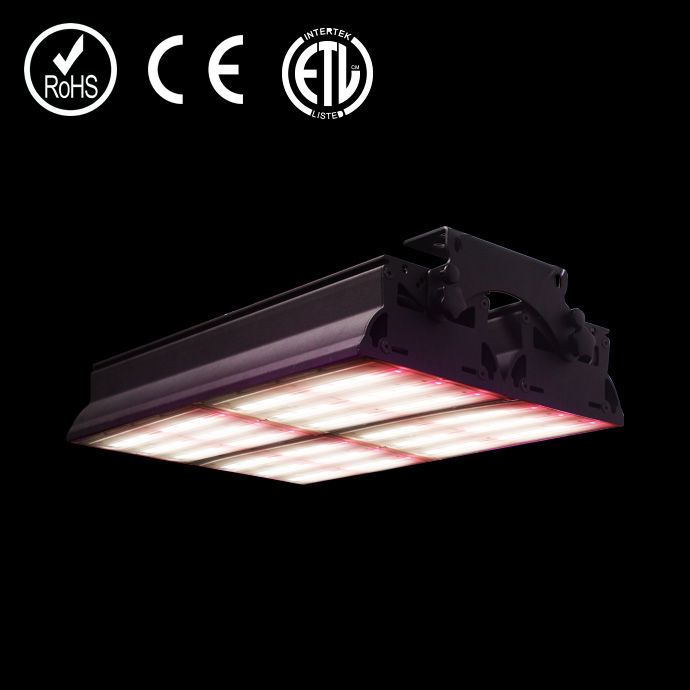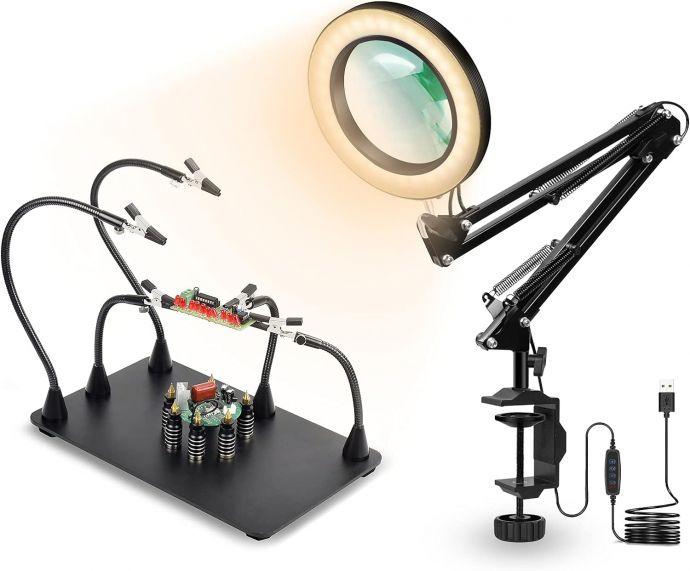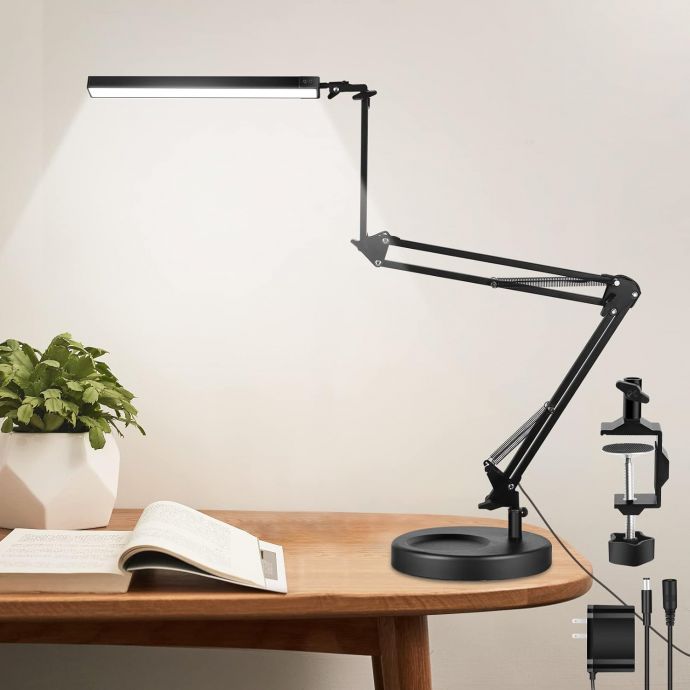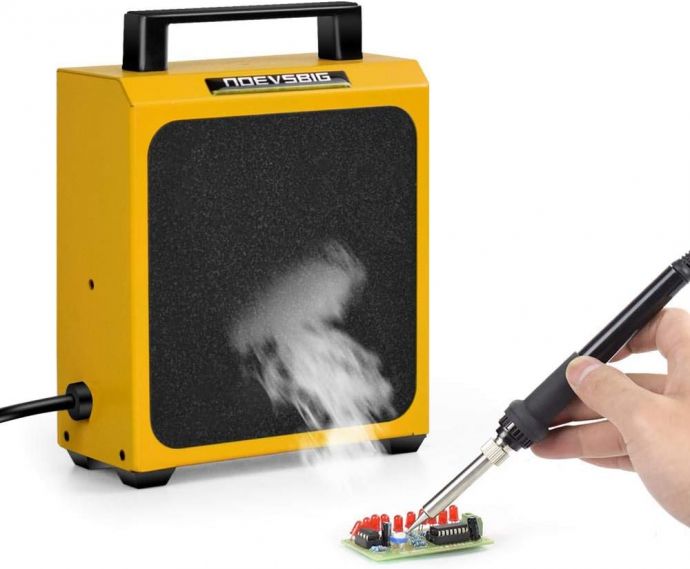In the realm of do-it-yourself (DIY) projects, ensuring a safe and efficient workspace is paramount. Among the essential concerns for hobbyists and professionals alike is the inhalation of harmful fumes, especially when soldering. These noxious by-products of the soldering process consist of vaporized flux which, if inhaled repeatedly, can lead to significant health issues. Thus, a reliable fume extractor becomes a crucial companion for any soldering task. In this guide, we unveil the creation of the ultimate 12V solder fume extractor—an indispensable tool for every DIY enthusiast.
**Understanding the Need for a Fume Extractor**

Before delving into the construction process, it’s essential to grasp why fume extractors are non-negotiable in soldering tasks. Solder fumes are composed of flux residues that release substances such as rosin and other chemicals. Long-term exposure can lead to respiratory issues, skin irritation, and more severe health conditions. A fume extractor mitigates these risks by sucking away and filtering out these harmful particles, ensuring the air you breathe remains clean and safe.
**Materials Needed**
To embark on building your 12V solder fume extractor, you’ll need the following materials:

1. **12V DC Fan**: Opt for a fan with a minimum airflow of 20-30 CFM (cubic feet per minute) for efficient smoke suction.
2. **Activated Carbon Filter Sheets**: Effective in trapping and neutralizing harmful particles.
3. **12V Power Adapter**: To power the fan, ensuring it runs smoothly during operations.
4. **Switch**: For easy operation to turn the extractor on and off.
5. **Housing/Enclosure**: Plastic or metal, large enough to accommodate the fan and filters.

6. **Screwdriver, screws, and nuts**: For assembling the parts securely.
7. **Soldering Iron and Solder Wire**: Required if you need to connect wires or adjust the setup.
8. **Heat Shrink Tubing or Electrical Tape**: For insulating electrical connections.
9. **Hot Glue Gun**: For securing parts within the enclosure.
**Step-by-Step Construction**

**Step 1: Preparing the Fan and Power Adapter**
Begin by selecting a reliable 12V fan. This component is the heart of your fume extractor, responsible for the actual removal of smoke and fumes. Ensure it is compatible with your power adapter. Connect the adapter’s wires to the fan, observing polarities (positive to positive, negative to negative).
**Step 2: Wiring the Switch**

Integrating a switch provides convenient control over your fume extractor. Cut the positive wire between the fan and the power source. Connect each end of the cut wire to the switch terminals using soldering or wire connectors. Use heat shrink tubing or electrical tape to insulate the connections and prevent any shorts.
**Step 3: Assembling the Housing**
Next, focus on constructing the housing. Ensure that it is large enough to fit the fan and the layered activated carbon filter sheets. The housing not only supports these components but also directs airflow properly. You may repurpose a plastic or metal box, cutting a hole to fit the fan snugly. Secure the fan within the enclosure using screws or adhesive.

**Step 4: Installing the Filters**
Place activated carbon filter sheets in front of the fan inside the enclosure. These sheets will capture and neutralize harmful particles from the extracted fumes, making them crucial to your setup. Ensure they are easily replaceable, as they will need periodic changing depending on usage.
**Step 5: Final Assembly**

Secure all components within the housing. Use the hot glue gun to stabilize any loose parts. Ensure that the airflow is directed from the working area through the filters and out of the enclosure. The design should enable easy access for filter replacement.
**Step 6: Testing the Extractor**
Before regular use, test your fume extractor. Connect the power adapter to a power source. Switch it on and ensure the fan operates smoothly, with air being drawn through the filters. Check for any loose connections or vibrations and rectify them promptly.
**Usage and Maintenance Tips**
- **Positioning**: Place the fume extractor close to your soldering area to maximize efficiency in removing fumes.
- **Filter Replacement**: Monitor the condition of the activated carbon filters. They should be replaced every few months, depending on the frequency of use, to maintain peak performance.
- **Regular Cleaning**: Dust and debris can accumulate over time. Regularly clean the fan blades and the housing to prevent obstructions that could hamper performance.
- **Inspect Connections**: Periodically check all electrical connections for signs of wear or damage.
**Enhancing the Design**
For those keen on further enhancements, consider integrating additional features such as a variable speed control for the fan, a built-in LED light for better visibility around your workspace, or a portable handle for easy maneuverability. Adding a HEPA filter in conjunction with activated carbon can enhance the extractor’s capability by capturing even finer particles, like microscopic dust and smoke.
**Conclusion**
Creating your DIY 12V solder fume extractor marries ingenuity with safety, empowering you to indulge in your craft without compromising health. By following this guide, you not only gain a tool that safeguards your working environment but also deepen your understanding of the principles of airflow and filtration. This journey into DIY mastery not only enhances your soldering endeavors but also instills a sense of accomplishment and independence. As you embrace the challenge, remember that the true art of DIY lies in continuous learning and innovation. Happy crafting, and breathe easy!









